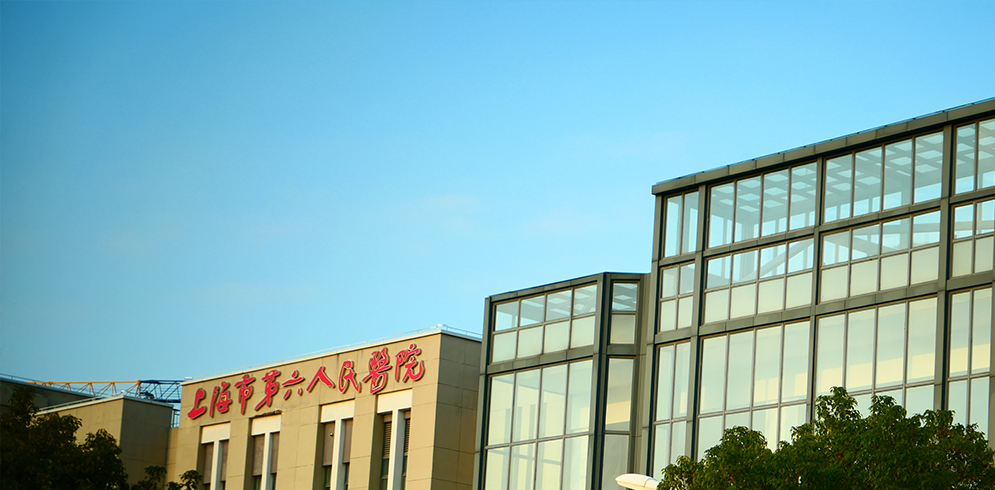
Introduction
The Department of Orthopedics of Shanghai Sixth People's Hospital was founded in 1959. It has garnered worldwide recognition for groundbreaking contributions to orthopedics, including practicing the world's first successful limb replantation surgery in 1963 and pinoneering the world-renowned "China Hand" in 1985. The advancement in microsurgery established it as a key player in the field of limb repair, bone and joint reconstruction. The department has flourished under the leadership of generations of esteemed orthopedic professionals like Chen Zhongwei, Yu Zhongjia, Zeng Bingfang, and Zhang Changqing. Today, the Department of Orthopedics stands as a "carrier-grade" discipline, offering a wide range of sub-specialties that integrate clinical services, research, education, transformation, and health promotion. It houses one National Center for Orthopedics, five national clinical key specialties (orthopedics, sports medicine, emergency medicine, trauma surgery and joint surgery), seven core technologies, and two international training centers (the China Shanghai International Limb Microsurgery Training Center and the AO Trauma (China) Training Center).
With a focus on providing high-quality services to patients, the Department of Orthopedics boasts a capacity of 815 beds spread across two campuses – Xuhui and Lingang. The department features nine sub-specialties, including trauma, hand and reconstructive surgery, joint surgery, spine surgery, sports medicine, bone and soft tissue oncology surgery, foot and ankle surgery, hip surgery, and pediatric orthopedics. In 2023, the outpatient visits of both campuses totaled 960,000, with emergency admissions reaching 146,800, and the number of surgeries exceeded 65,000.
Specialties
Over the past 60 years, the Department of Orthopedics has developed influential sub-specialties and cutting-edge technologies, including:
- Innovative techniques for repair and reconstruction of severe limb traumas and advancing the international standard of limb preservation
- Groundbreaking "Chinese Solution" of surgical techniques for osteonecrosis and nonunion of the femoral neck, achieving exceptional hip preservation rates (hip preservation rate for adolescents with late-stage avascular necrosis of the femoral head is 73.1%, and for adults with femoral neck nonunion is 92%)
- Pioneering "three-column" theory and approaches to tibial plateau fractures, setting new standards endorsed in international AO trauma classic textbooks
- Advanced joint function reconstruction for sports traumas and pioneering eight-strand semitendinosus tendon for double-bundle ACL reconstruction, surpassing global standards
- Specialized care for hip fractures in the elderly, setting standards and clinical guidelines and improving outcomes and reducing mortality
- Robot-assisted precision minimally invasive and navigated orthopedic surgeries for complex pelvic fractures, precise osteotomy and prosthesis implantation for hip and knee replacements
- Breakthrough treatments for elbow joint dysfunction with "break, build, prevent" key treatment system, revolutionizing surgical approaches to elbow joint stiffness
- Multidisciplinary treatment models for complex injuries, bone tumors, and postoperative recovery, ensuring comprehensive care for every patient
- Oncology
- Osteoporosis and Bone Diseases
- Ophthalmology
-
Orthopedics
- Department of Pediatric Orthopedics
- Department of Bone Oncology & Diseases Surgery
- Department of Spine Surgery
- Department of Foot and Ankle Surgery
- Department of Sports Medicine
- Department of Joint Surgery
- Department of Hip Surgery
- Department of Orthopedic Trauma
- Department of Hand and Reconstructive Surgery




